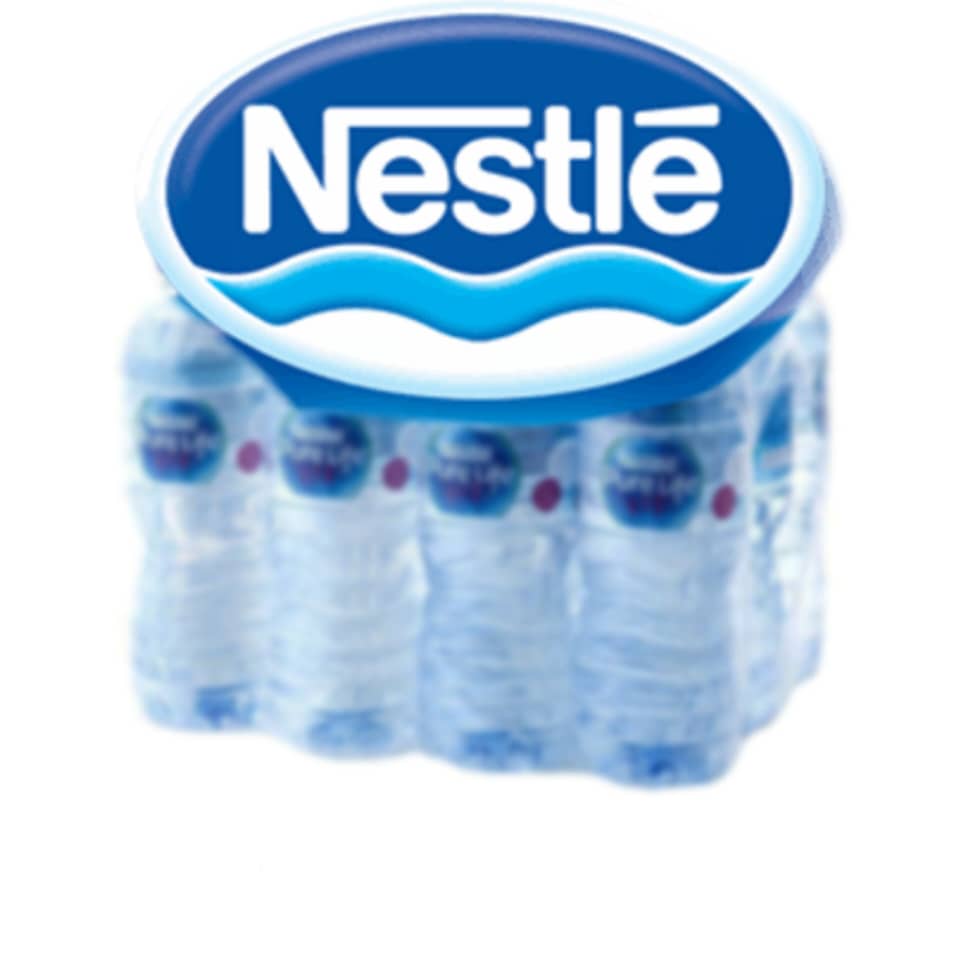
- Seen : 407 View
In addition to the fungicidal property of copper, scientists and researchers have succeeded in discovering the anti-bacterial and anti-viral effect of copper surfaces. The copper ion released from these surfaces destroys all bacteria, fungi and viruses within a few hours. No microorganism has been found that can survive against the ability of copper ions. In brass and bronze alloys, the percentage of copper present must be more than 55% for copper to have an effective effect.
Physical and chemical properties:
Copper sulfate with the formula CuSO4. 5H2O is in the form of blue, transparent, triclinic crystals or light blue powder. Copper sulfate crystals bloom gradually in dry air. At a temperature of 45°C, it loses two molecules of water, at 110°C it loses four molecules of crystalline water, and it loses the last crystalline water at a temperature of 250°C. Copper sulfate decomposes at 400 degrees Celsius. The specific gravity of copper sulfate is 2.87. One gram of copper sulfate is dissolved in 3 ml of cold water and 0.5 ml of boiling water, and its solubility is reduced in water containing sulfuric acid.
Industrial uses of copper sulfate:
Copper sulfate in the dyeing of cotton and silk fabrics, in the production of blue and green colors, mines, electroplating, compound making for tin sheets, hair dye, production of fungicidal and bactericidal toxins, wood and traverse protection, leather dyeing, battery making , engraving, removing moss in swimming pools, animal and poultry feed supplement, green flame production is used in fireworks.
Features of copper:
Copper is an element found naturally in the environment. A certain amount of copper is necessary for the survival of every cell. From single-celled algae to all plants, animals and humans, they cannot survive without copper. Mankind has succeeded in discovering copper for more than ten thousand years. The use of antiseptic properties of copper is observed in Egyptian papyrus scrolls belonging to 2600 BC in the field of water purification and wound treatment. Hippocrates recommended the use of copper in the treatment of wounds, sore throat and other diseases in 450 BC.
In addition to the fungicidal property of copper, scientists and researchers have succeeded in discovering the anti-bacterial and anti-viral effect of copper surfaces. The copper ion released from these surfaces destroys all bacteria, fungi and viruses within a few hours. No microorganism has been found that can survive against the ability of copper ions. In brass and bronze alloys, the percentage of copper present must be more than 55% for copper to have an effective effect. Laboratory research has proven that a copper surface, by releasing copper ions, is able to destroy all microorganisms within a few hours.
Most of the deaths in hospitals are due to secondary causes and due to hospital infections. As many bacteria become resistant to antibiotics, every year a huge amount of money is spent on making new antibiotics. By using copper surfaces in the bars of patients' tables and beds, door handles, faucets and bathroom sinks, a significant amount of disease spread has been reduced. In a study, hospital infections were reduced by 83% with this method.
Saler Company Information










